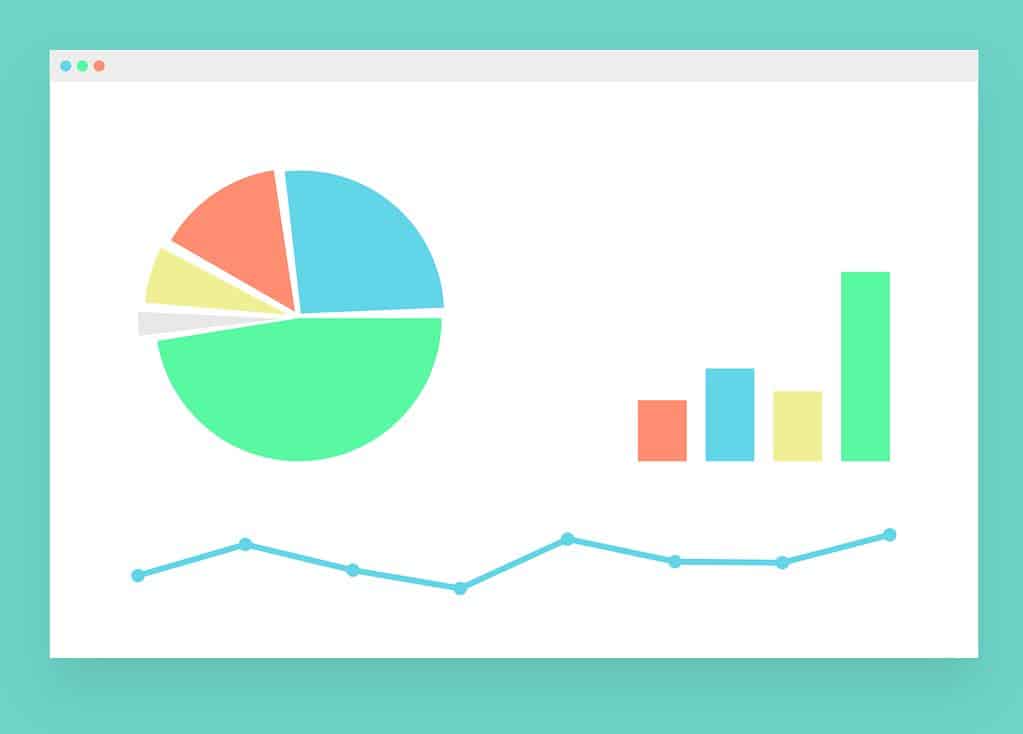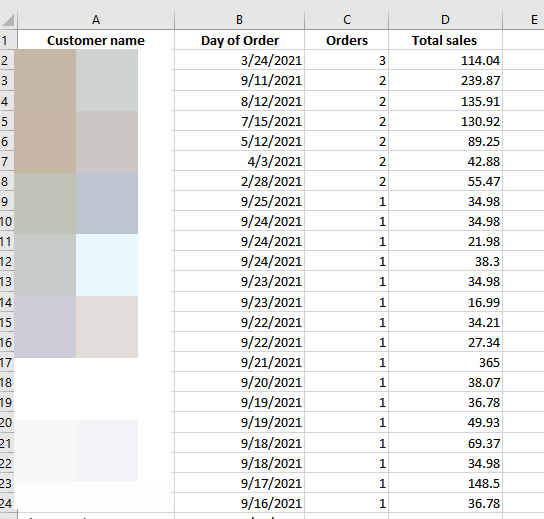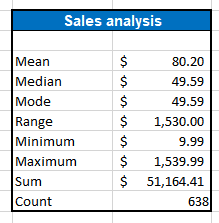What Does the Marketing Department Do in a Company? (10 functions)
Marketing departments are different among companies based on the business size and marketing strategy. Some marketing departments are entirely in-house, […]
Read More »Become a successful marketing consultant: Learn more

Recency, frequency, monetary (RFM) is one of the most powerful marketing strategies available.
What does RFM mean in marketing?
Also known as recency, frequency, spend (RFS), recency, frequency, monetary is a way for marketing professionals to segment their customer base. Recency is a measure of the recency of the last customer purchase, frequency is a measurement of how often a customer purchases in a given time frame, and monetary is a measurement of total sales revenue generated by the company from the customer.
As you know, the definition of marketing is to 1) gain a customer, and 2) keep a customer.
While in some cases you can use an RFM for pro forma analysis (before you have a database of customers) and strategic planning, the RFM model is rarely used for new customer acquisition analysis. That’s because in order to implement what you found from the RFM analysis, you must have customers to segment and communicate with.
If you are in this initial scenario where you have not built a customer base yet, it is best that you study these 10 tutorials in this approximate order:
Now, assuming you have a list of customers, lets dig deep into RFM analysis.
RFM analysis is a set of segmentation strategies used to drive the marketing strategy for retaining customers and keeping them doing business with you longer. These strategies are typically used to offer more expensive and expansive products and services to your customer segment(s).
The job of RFM analysis is almost like a gold prospector in that a marketing professional is searching for opportunity. The best marketers search for opportunities to provide better service, or a better product to the customer. But, of course, this comes back to the Customer Value Proposition chosen by your organization.
For example, if you chose the Customer Intimacy strategy, then you might offer an advanced level of customer support to a segment of most recent buyers. Alternatively, if you chose the Operational Excellence strategy, you might offer a deep discount on the purchase of a product 10-pack to a segment of your customers that have spent the most money with you. Or conversely, if you chose the Product Leadership strategy you might offer a special add-on feature to your best customers that have done the most transactions with you this year.
But now the question is: how do we do RFM analysis?
First, and most importantly, this process does not have to be complicated.
In fact, the more complicated things get, the less marketing campaigns occur and therefore sales are negatively impacted.
It’s also important to focus on excellence and not perfection. You are looking for big, actionable take-aways that can move the company forward by focusing on your best customers and learning how to better serve more of your customers. Leave the idea of perfection to the accounting department, PhD students, the scientists and the engineers.
So for best results we highly suggest you keep things simple.
And stay focused on always asking:
How can I deliver more service to my best customers?
Onward.
First, you need your customer list.
We most often use Excel or Google Sheets for RFM analysis.
Step 1: Organize your list so you have column headers as: 
Step 2: Clean the list, remove $0.00 orders, and obvious errors. The cleaner the list the more accurate this process. Sum the ‘orders’ column and sum the ‘total_sales’ column.
Step 3: Excel > Data > Data Analysis > Statistical Analysis

Here’s what we are looking for to get a high level snapshot of what things look like:
Step 4: Decide on your definition of Recency of customer orders based on your goals so you can gather a customer list. The reason we are doing this is to execute a campaign that will deliver more value to the most current customers and increase sales revenue for the company. In this example, we go back 30 days. An important reminder: the most valuable customer you have is the customer that just purchased
Again, for this example, we simply went back 30 days to find 69 customers, approximately 10% of this list. This is a very small number, but easy to manage. Perfect for a a multiple impression campaign, combining both email marketing and direct mail.

Additionally, there are many excellent software solutions that can automate this process for you. For example, Klaviyo or Remarkety are deeply embedded in eCommerce platforms letting you set up campaigns to auto send a post purchase upsell message after 14 days of purchase (or any time frame you set).
Step 5: Get your frequency of order totals.
 In this frequency of customer orders example, notice some big opportunities. We immediately notice we need to focus on three areas of improvement:
In this frequency of customer orders example, notice some big opportunities. We immediately notice we need to focus on three areas of improvement:
Step 6: Gather the top 25% of your best customers by doing a quartile analysis and identify:
 Step 7: The fun part! Now you can brainstorm and list all the marketing programs focused on the most valuable customers in your list.
Step 7: The fun part! Now you can brainstorm and list all the marketing programs focused on the most valuable customers in your list.
Step 8: Call or email Your Strategic Marketing Partner to roll out more awesome marketing campaigns!
About Your Strategic Marketing Partner
Sam Hirschberg, MBA, is Your Strategic Marketing Partner in Arizona. Always professional and a delight to work with, Sam is not your typical “marketing consultant”. Unlike most consultants who tell you there is a problem and say, “See you later and good luck!” Your Strategic Marketing Partner knows how to find solutions, execute programs, test and measure campaigns, and how-and-when it’s time to roll-out big! You are invited to call (602) 892-0777 to learn more about Sam’s background on his FREE 9-minute recorded message. For more information about Sam, please visit https://strategicmarketingpartner.com.